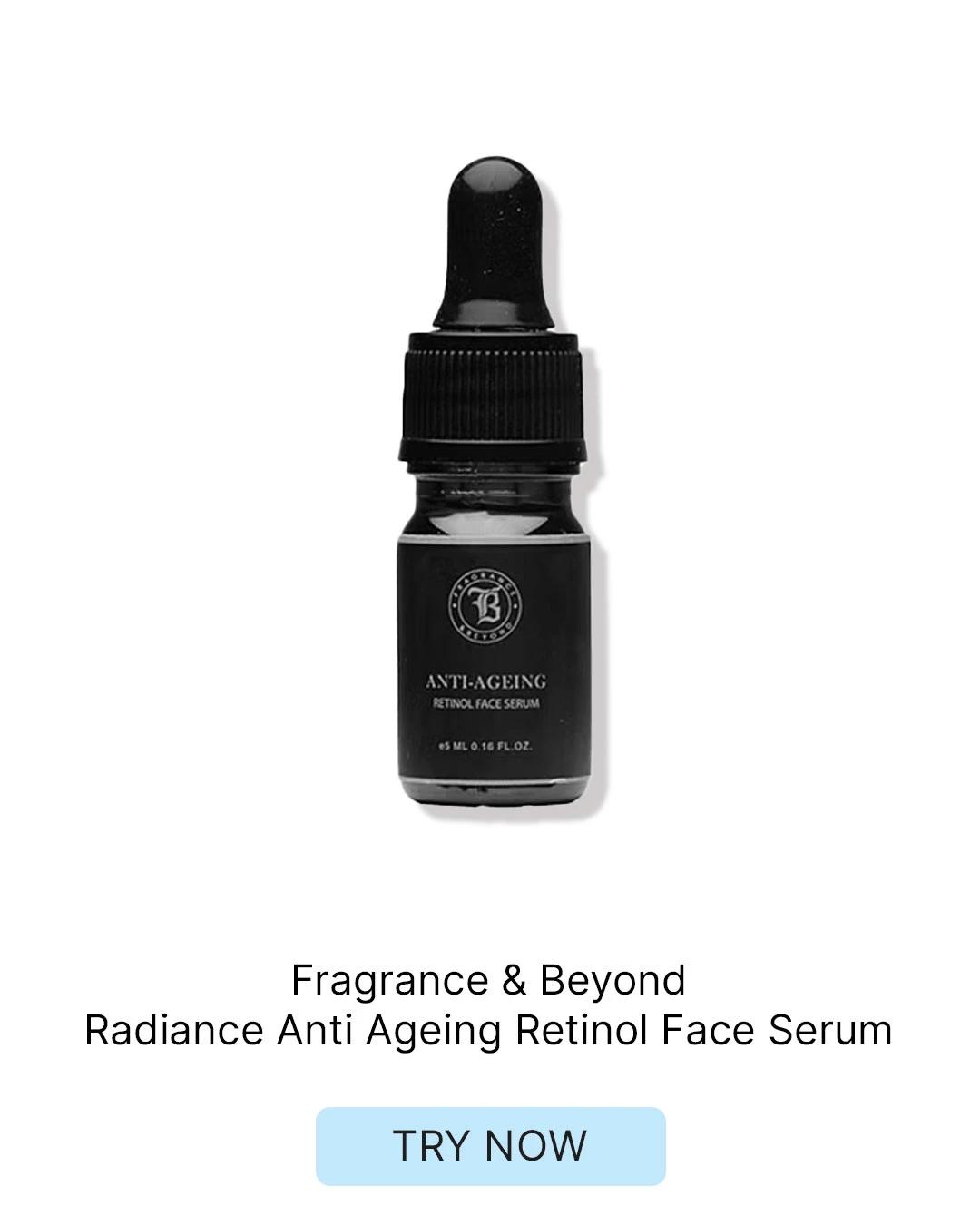Brightening treatments work to fade dark spots and create a more even complexion. Vitamin C serums can help prevent new pigmentation while gradually lightening existing spots. Kojic acid and arbutin are other gentle brightening ingredients. Consistency is key with brightening treatments—results take time but can be worth the wait.
Collagen Boosting Techniques for Firmer Skin
Collagen gives skin its bounce and firmness, but production naturally slows down over time. Treatments that support collagen production include retinoids, peptides, and vitamin C. Some professional treatments like microneedling or certain lasers can also stimulate collagen production. These treatments work gradually to improve skin firmness and texture.
Creating Your Personalised Skincare Routine
Once you understand your skin and the available treatments, it's time to create a routine that actually works for your lifestyle. The best routine is one you'll actually stick to consistently. Start simple and build up gradually—your skin needs time to adjust to new treatments.
Morning vs Evening Skincare Routines
Your morning routine should focus on protection—cleansing, hydrating, and applying sunscreen. Some treatments like vitamin C work well in the morning. Evening routines can be more treatment-heavy since your skin repairs itself overnight. This is when you'd use retinoids or more intensive treatments that might increase sun sensitivity.
Adapting Your Routine to Seasonal Changes
Your skin's needs change with the weather, and your routine should adapt accordingly. Winter often calls for richer moisturisers and gentler exfoliation. Summer might require lighter textures but more frequent cleansing. Pay attention to how your skin responds to seasonal changes and adjust your treatment choices accordingly.
Frequently Asked Questions
How often should I change my skincare routine?
You shouldn't change your routine too frequently—give treatments at least 6-8 weeks to show results. However, seasonal adjustments or changes due to life factors like stress, hormones, or age are normal. If something isn't working after giving it a fair trial, it's worth switching it up.
Can I combine different types of treatments?
Yes, but introduce new treatments gradually and pay attention to how your skin responds. Some combinations work beautifully together, while others might cause irritation. When in doubt, alternate treatments on different days or consult with a skincare professional.
Are expensive skincare treatments always better?
Not necessarily. Price doesn't always indicate effectiveness—some affordable treatments can deliver excellent results. Focus on ingredients that are proven to work for your specific concerns rather than price tags. Sometimes you're paying for packaging or marketing rather than better formulations.
How long does it take to see results from a new skincare treatment?
It depends on the treatment and your specific concerns. Some hydrating treatments might show immediate results, while treatments for acne or pigmentation can take 8-12 weeks. Professional treatments often show results more quickly than at-home options. Patience is key with any skincare treatment.
Final Thoughts
Choosing the right skincare treatment is part science, part patience, and part trial and error. The most important thing is understanding your skin's needs and being realistic about your lifestyle and commitment level. Start with the basics—gentle cleansing, moisturising, and sun protection—then add targeted treatments one at a time. Remember that consistency trumps complexity every time. Your skin's needs will evolve, and that's completely normal. The key is staying curious, being patient with the process, and not being afraid to adjust your approach when needed. With the right treatments and realistic expectations, you can create a routine that truly works for your unique skin.

 30 ml
30 ml 30 ml
30 ml 15 ml
15 ml 50 gm
50 gm